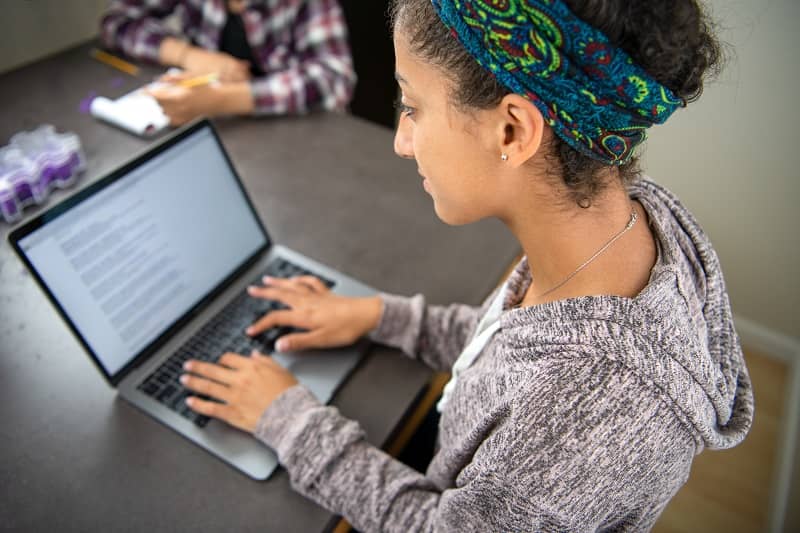
School Choice Expansion Continues with Missouri Education Package
By Kathryn Hickok This month, Missouri increased educational opportunity for families by expanding…
Read Blog Detail
By Kathryn Hickok This month, Missouri increased educational opportunity for families by expanding…
Read Blog Detail
By Kathryn Hickok This month, Alabama became the most recent state to increase…
Read Blog Detail
By Kathryn Hickok North Carolina has become the ninth state to enact universal…
Read Blog Detail
By Kathryn Hickok As K-12 students return to school, about four-fifths of them…
Read Blog Detail
By Kathryn Hickok Two more states recently expanded their school choice programs, bringing…
Read Blog Detail
By Kathryn Hickok Cascade Policy Institute has released a new report evaluating the…
Read Blog Detail
By Kathryn Hickok This is National School Choice Week, an annual celebration of…
Read Blog Detail
By Eric Fruits, Ph.D. Critics of education savings accounts, or ESAs, claim that…
Read Blog Detail
By Eric Fruits, Ph.D. Critics of education savings accounts, or ESAs, claim ESA…
Read Blog Detail
By Eric Fruits, Ph.D. In recent years, school vouchers and education savings accounts…
Read Blog Detail
By Kathryn Hickok This year, Arizona became the first state to expand eligibility…
Read Blog Detail
By Kathryn Hickok This summer, Arizona expanded the nation’s first Education Savings Account…
Read Blog Detail
By Helen Doran Learning pods have become a popular solution for parents searching…
Read Blog Detail
By Helen Doran Every student deserves access to a quality education. Despite the…
Read Blog Detail
By Kathryn Hickok A RealClear Opinion poll released at the end of September…
Read Blog Detail
By Kathryn Hickok School choice has been increasing in popularity with parents for…
Read Blog Detail
June 5, 2019 Chair Wagner and Members of the Committee, my name is…
Read Blog Detail
By Kathryn Hickok This month, the Tennessee legislature passed a new Education Savings…
Read Blog Detail
By Kathryn Hickok This month Tennessee enacted a new Education Savings Account (ESA)…
Read Blog Detail
By Miranda Bonifield A Portland public school made headlines last week for offering…
Read Blog Detail
By Kathryn Hickok Derrell Bradford has spent his adult life passionately advocating for…
Read Blog Detail
By Eric Fruits, Ph.D. Executive Summary Education Savings Accounts deposit a percentage of…
Read Blog Detail
By Miranda Bonifield If you’ve done your homework on school choice, you know…
Read Blog Detail
By Miranda Bonifield What do 29 states and nations from Australia to the…
Read Blog Detail
By Steve Buckstein A 2017 national poll on education issues found, among other…
Read Blog Detail
By Kathryn Hickok EdChoice recently conducted a groundbreaking survey of military-connected families seeking…
Read Blog Detail